When it comes to building upper body strength, few exercises match the effectiveness of pull up and chinups. These classic bodyweight movements have been staples in fitness programs for decades, but many people aren’t clear on the differences between them or which one might better suit their fitness goals.
Pull up vs Chin up
| Feature | Pull-Up | Chin-Up |
|---|---|---|
| Grip Type | Overhand (pronated) grip | Underhand (supinated) grip |
| Hand Placement | Wider than shoulder-width | Shoulder-width or slightly narrower |
| Primary Muscles | Outer lats, rhomboids, mid traps, rear delts | Inner lats, biceps, brachialis, pec minor |
| Secondary Muscles | Biceps (less), forearms, core | Forearm flexors, core, pec major |
| Difficulty Level | More challenging for beginners | Easier for beginners |
| Shoulder Rotation | External rotation | Internal rotation |
| Lat Emphasis | Width and V-taper | Depth and inner development |
| Bicep Activation | Moderate | High |
| Range of Motion | Slightly shorter | Slightly longer |
| Functional Carryover | Climbing, gymnastics, overhead pulling | Rowing, lifting, general pulling strength |
| Common Variations | Wide-grip, commando, archer | Close-grip, mixed grip, towel grip |
| Best For | Back width, grip strength, advanced training | Bicep growth, beginner progress, shoulder safety |
| Joint Stress | More stress on shoulders | Less stress on shoulders |
| Beginner Friendly | ★★☆☆☆ | ★★★★☆ |
What Are Pull up?

Pullups are a compound exercise performed by gripping an overhead bar with palms facing away from you (pronated grip) and pulling your body upward until your chin clears the bar.
How to Perform Pull up
- Begin by gripping a pull up bar with hands slightly wider than shoulder-width apart, palms facing away from you
- Hang with arms fully extended, maintaining engaged shoulders rather than a passive hang
- Exhale as you pull your body upward by driving elbows down and back
- Continue pulling until your chin clears the bar
- Inhale as you lower your body with control back to the starting position
- Repeat for the desired number of repetitions

Muscles Worked During the Pull up
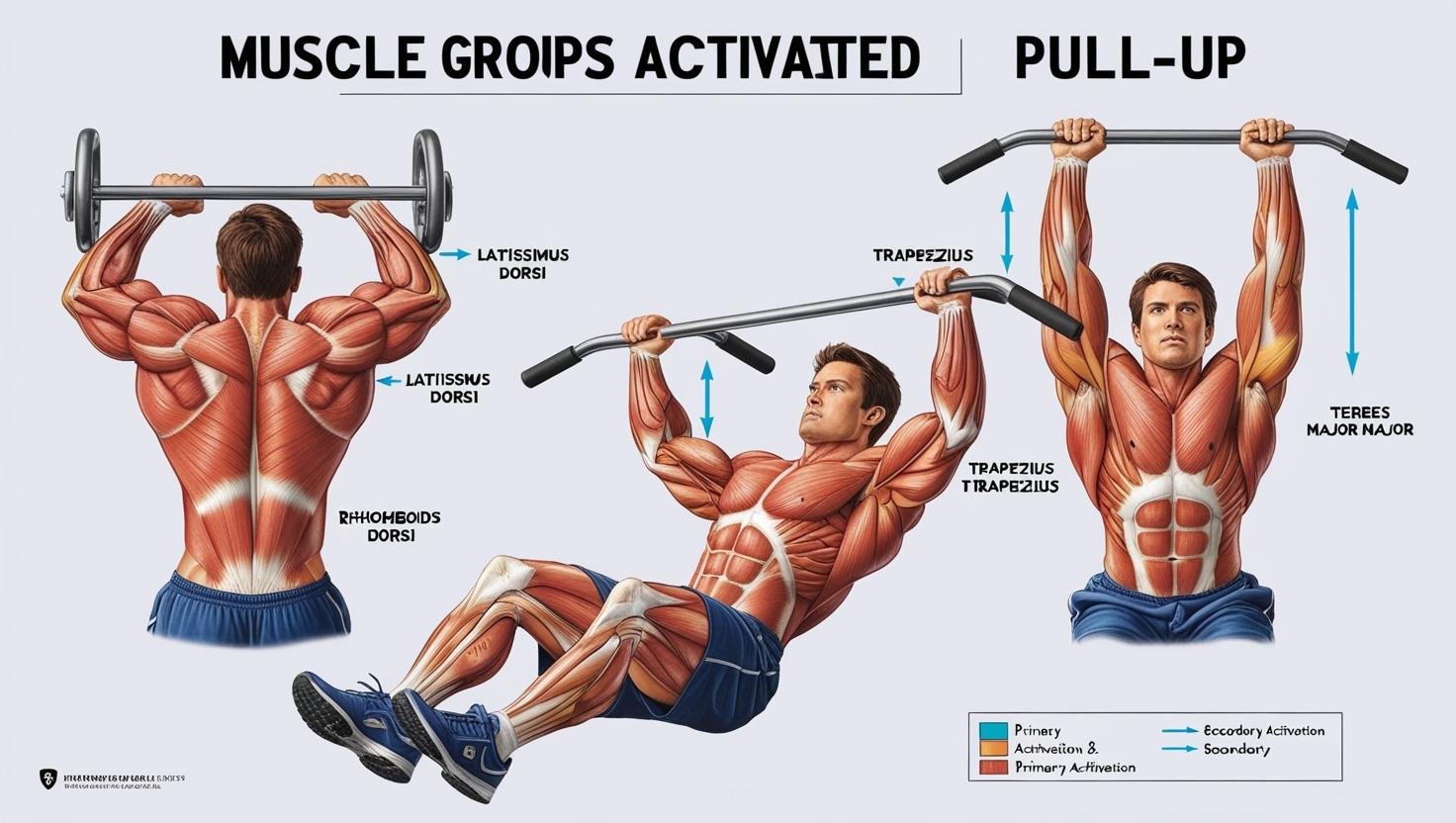
Pullups primarily target:
- Latissimus dorsi (the large back muscles)
- Rhomboids and middle trapezius (upper/mid back)
- Posterior deltoids (rear shoulder muscles)
- Biceps (secondary activation)
- Forearm and grip muscles
- Core stabilizers
The wide, overhand grip of pull up particularly emphasizes the outer lats, creating that desirable V-tapered physique when developed properly.
What Are Chinups?
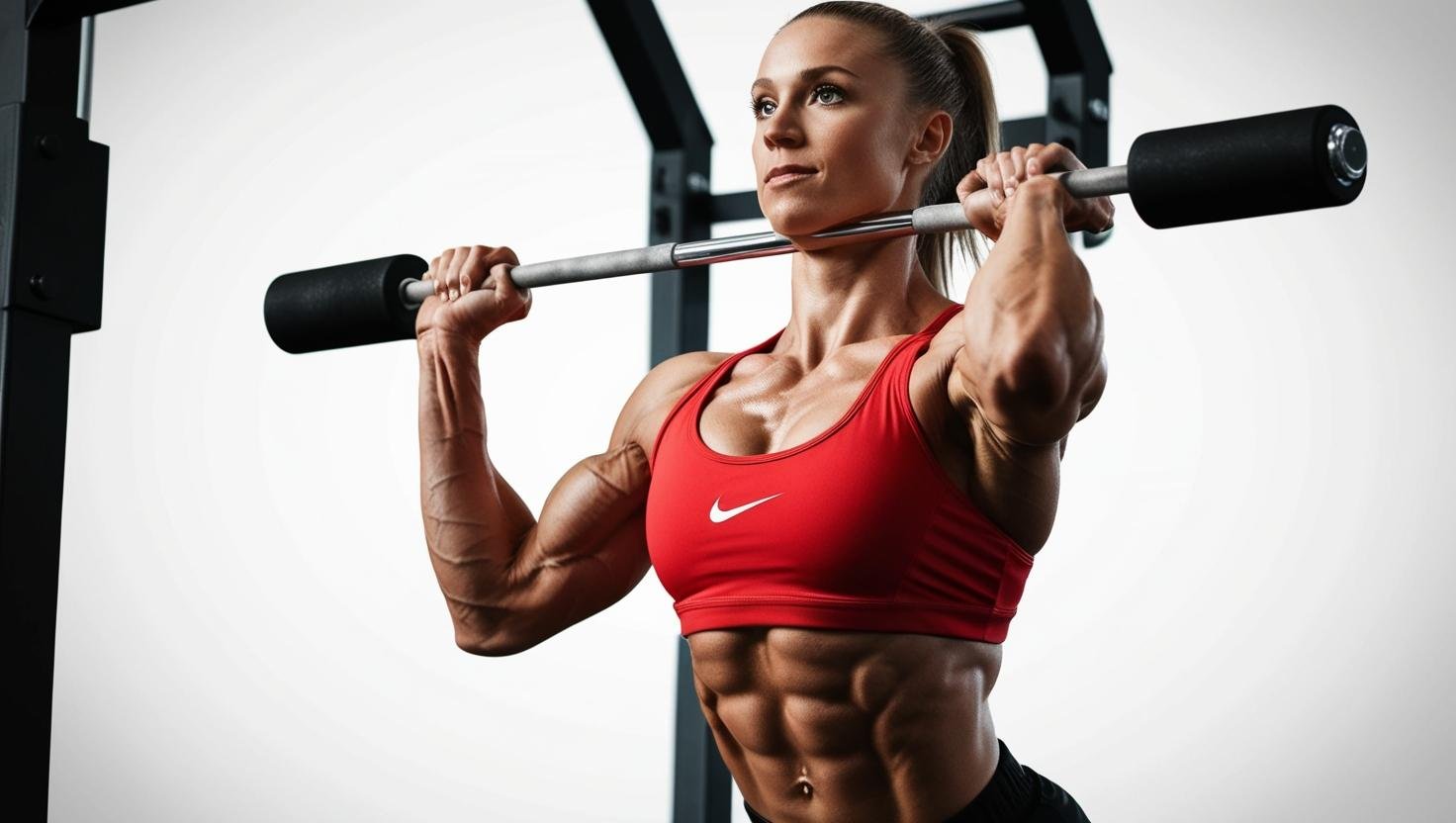
Chinups are similar to pull up but are performed with an underhand grip (palms facing toward you, or supinated grip), typically with hands placed at shoulder width or slightly closer.
How to Perform Chin ups
- Grasp the bar with an underhand grip, hands positioned approximately shoulder-width apart
- Start from a dead hang position with arms fully extended
- Engage your core and pull your body upward, focusing on driving your elbows toward your hips
- Continue until your chin passes the bar
- Lower yourself back down with control
- Repeat for the desired number of repetitions
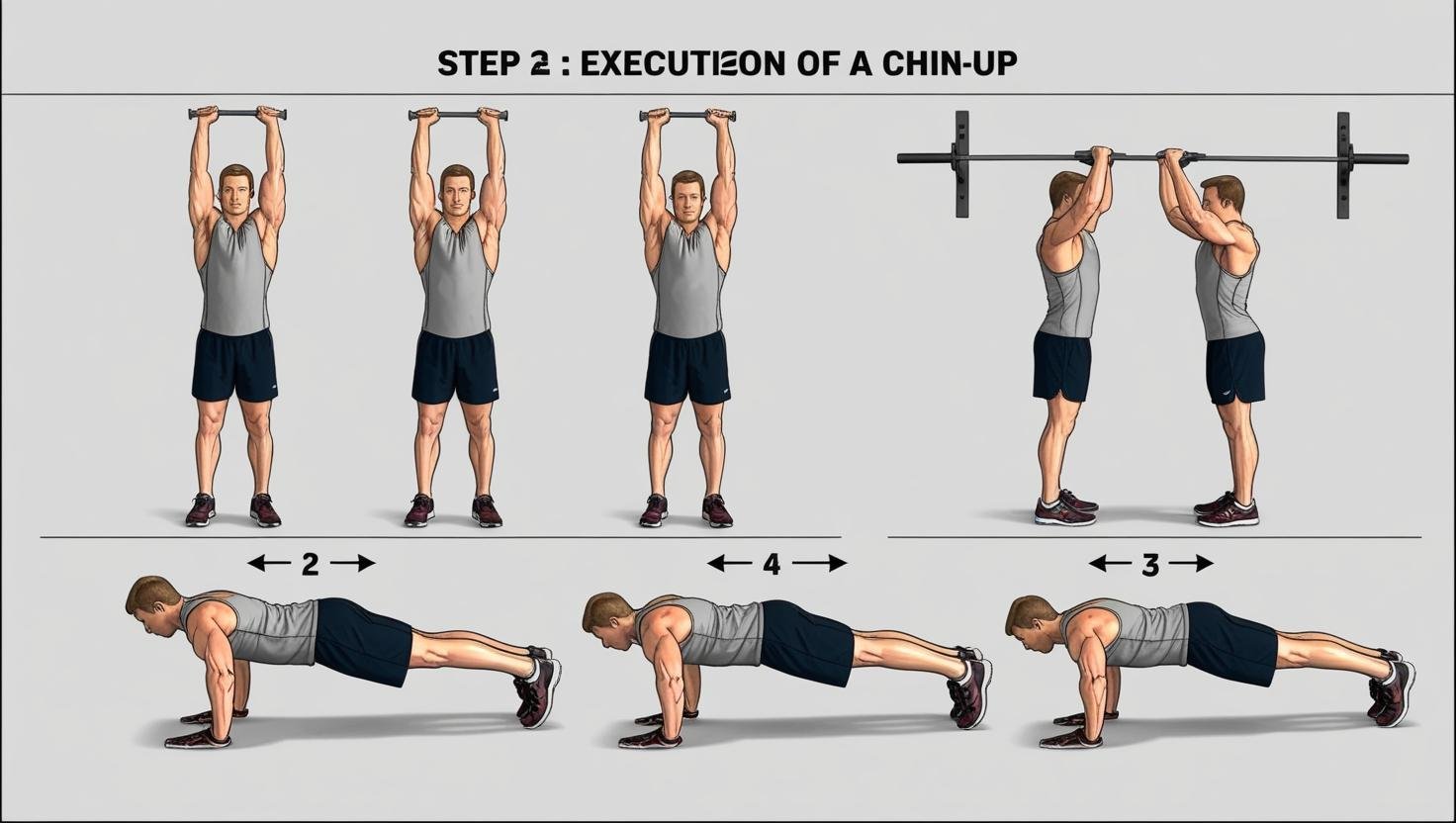
Muscles Worked During the Chin up
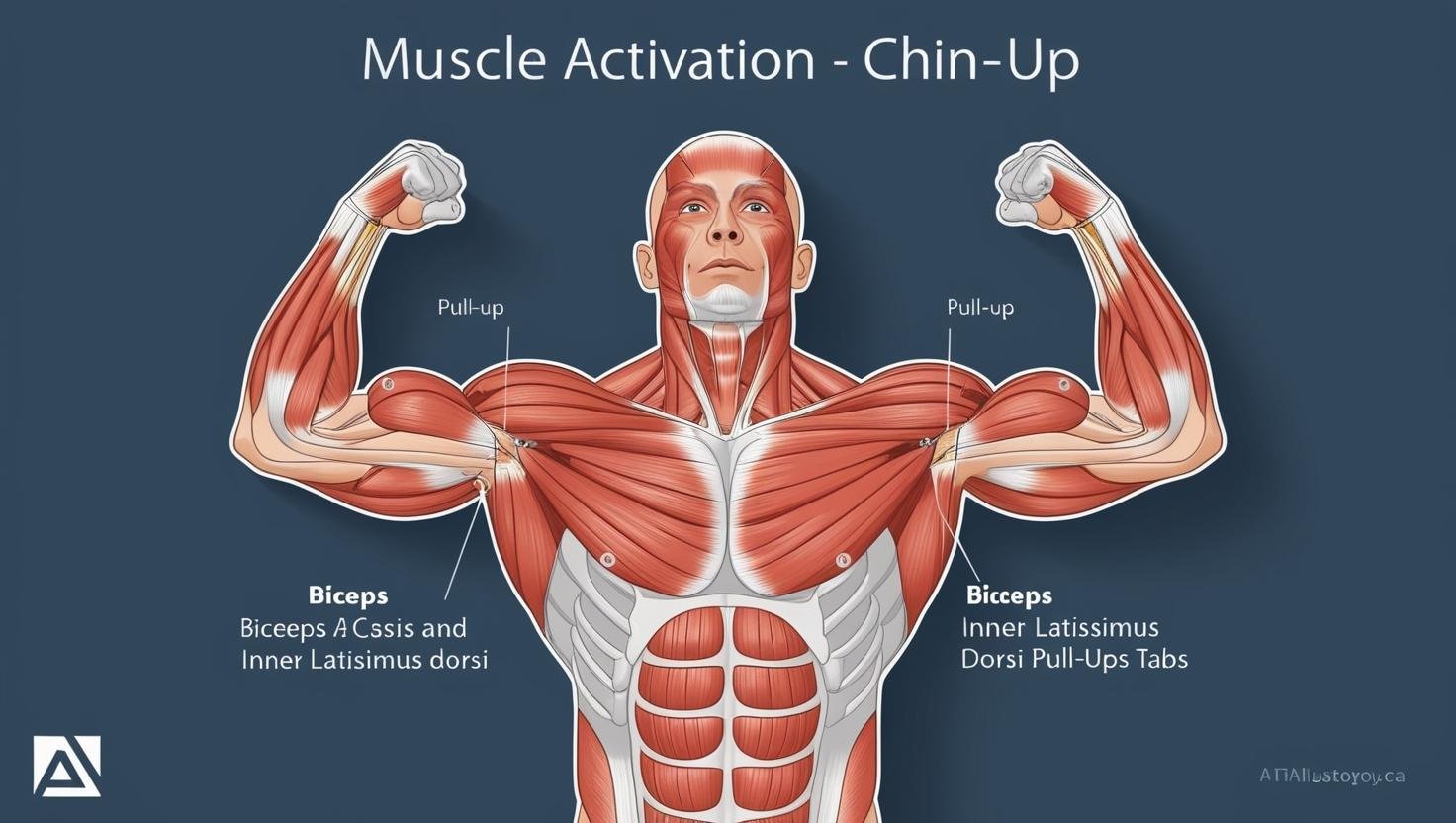
Chin ups primarily engage:
- Latissimus dorsi (inner portion)
- Biceps (significantly more than pullups)
- Brachialis and brachioradialis (arm muscles)
- Pectoralis minor and major (chest muscles)
- Core stabilizers
- Forearm flexors
The supinated grip creates greater bicep activation and targets the inner portions of the lats compared to the wider engagement of the pullup.
Differences in Difficulty and Effectiveness

Difficulty Level
Generally, chinups are considered easier than pullups for beginners for several reasons:
- The underhand grip allows for greater bicep recruitment, providing additional assistance to the back muscles
- The natural biomechanics of the movement create a more advantageous pulling angle
- The shoulder position in chinups is typically more comfortable for those with limited mobility
Strength Development
Both exercises are exceptional for building upper body strength, but they emphasize different aspects:
- Pullups develop greater lat width and upper back strength
- Chinups build more bicep size and strength while still developing the back
- Pullups typically require more scapular control and posterior chain activation
- Chinups often allow for a slightly longer range of motion
Functional Benefits
From a functional perspective:
- Pullups better mimic movements used in climbing, gymnastics, and many sports
- Chinups provide greater carryover to movements like upright rows and certain lifting patterns
- Both develop essential core stability and shoulder health
Which Is Best for Beginners?

For most beginners, chinups are the recommended starting point because:
- They’re generally easier to perform successfully
- They place less strain on the shoulder joints
- The increased bicep activation helps overcome initial back weakness
- Success breeds confidence, making progression more likely
However, this doesn’t mean beginners should avoid pullups entirely. Starting with chinups and gradually incorporating pullup variations is an excellent approach to build comprehensive upper body strength.
Progressions and Modifications
Assisted Pull up And Chin up
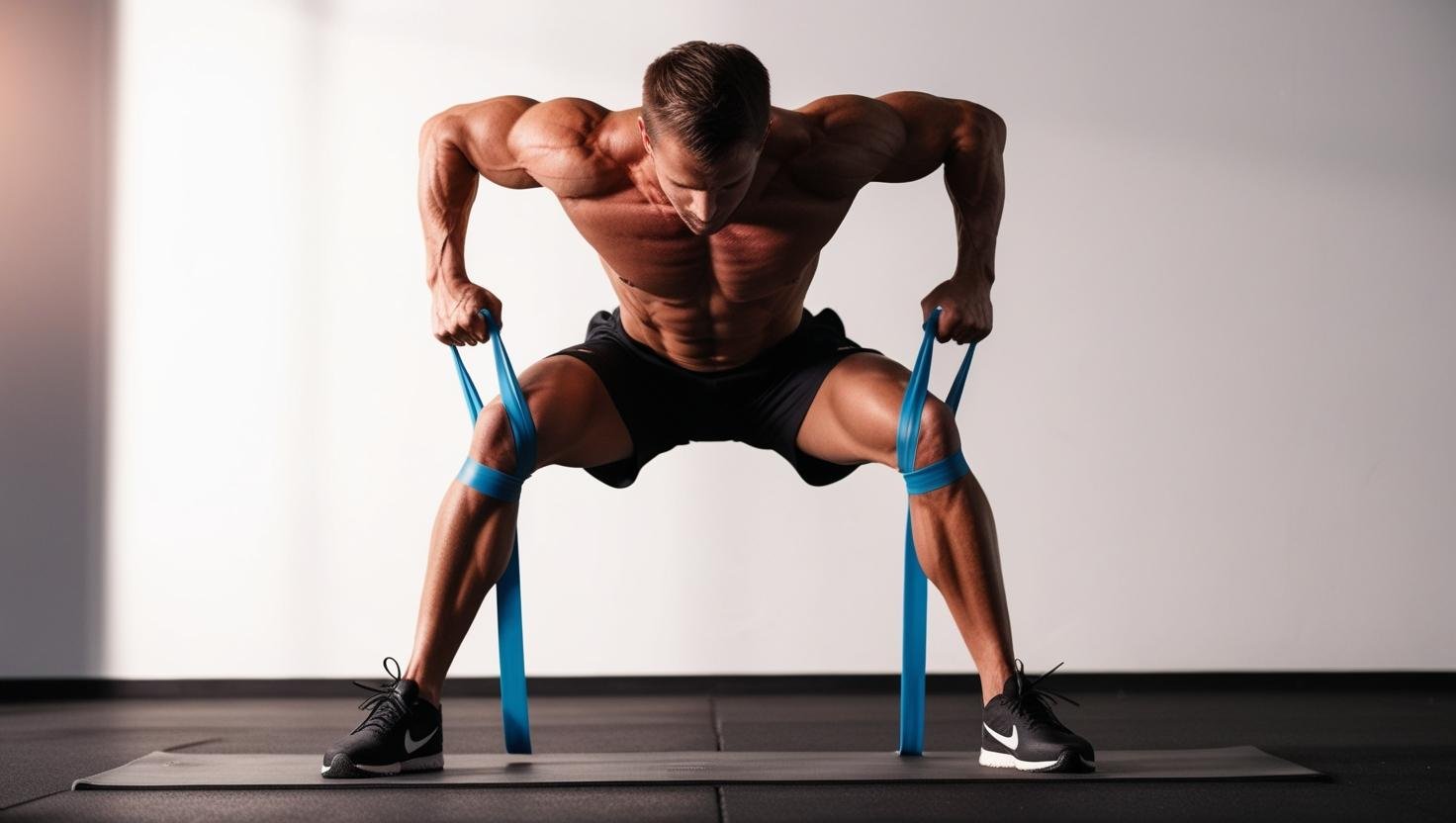
For those unable to perform full pullups or chinups, these assisted variations help build strength:
- Band-assisted: Loop a resistance band around the bar and place your foot or knee in it for support
- Machine-assisted: Use a pullup/chinup machine with an adjustable counterweight
- Partner-assisted: Have a workout partner support your feet or legs
Hanging from the Bar

Simply hanging from the bar builds grip strength and shoulder stability:
- Active hang: Hang with shoulders engaged and pulled away from your ears
- Dead hang: Fully relaxed hang (use sparingly as it places more stress on passive structures)
- Timed hangs: Start with 10-30 seconds and gradually increase duration
Scapular Pullups

This foundational movement teaches proper scapular control:
- Hang from the bar with arms extended
- Without bending your elbows, pull your shoulder blades down and back
- Feel your body rise slightly (1-2 inches)
- Lower back to the starting position with control
Negative Pull up vs Chin up

Eccentric (lowering) training is highly effective for building strength:
- Use a box or jump to position yourself at the top of a pullup or chinup
- Slowly lower yourself (aim for 3-5 seconds descent)
- Return to the top position using assistance
- Repeat for 3-8 repetitions
Weighted Pull up vs Chin up

For advanced athletes looking to build additional strength:
- Use a weight belt, weighted vest, or hold a dumbbell between your feet
- Start with modest weight (5-10 lbs) and gradually increase
- Maintain perfect form throughout the movement
- Consider reducing repetitions when adding significant weight
The Bottom Line
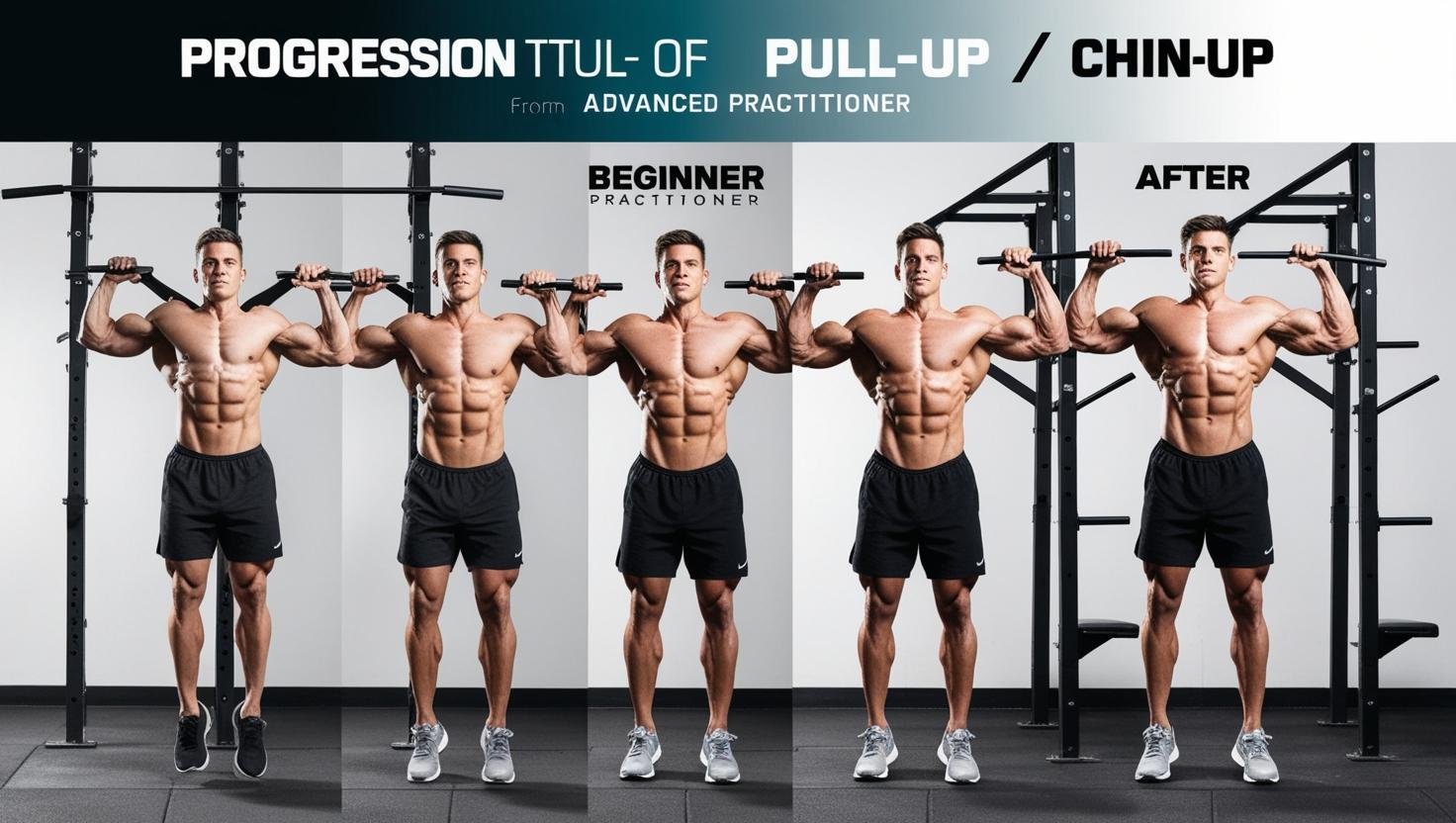
Both pullups and chin up deserve a place in your training routine. While chin ups might be more accessible for beginners due to increased bicep recruitment, pullups offer unique benefits for lat development and functional strength.
The ideal approach is to incorporate both variations, along with appropriate progressions based on your current strength level. By alternating between pullups and chin ups throughout your training week, you’ll develop comprehensive upper body strength and muscular balance.
Remember that consistency is key—whether you’re working on basic hanging exercises or advanced weighted variations, regular practice leads to steady improvement in strength and performance.
Key Takeaways
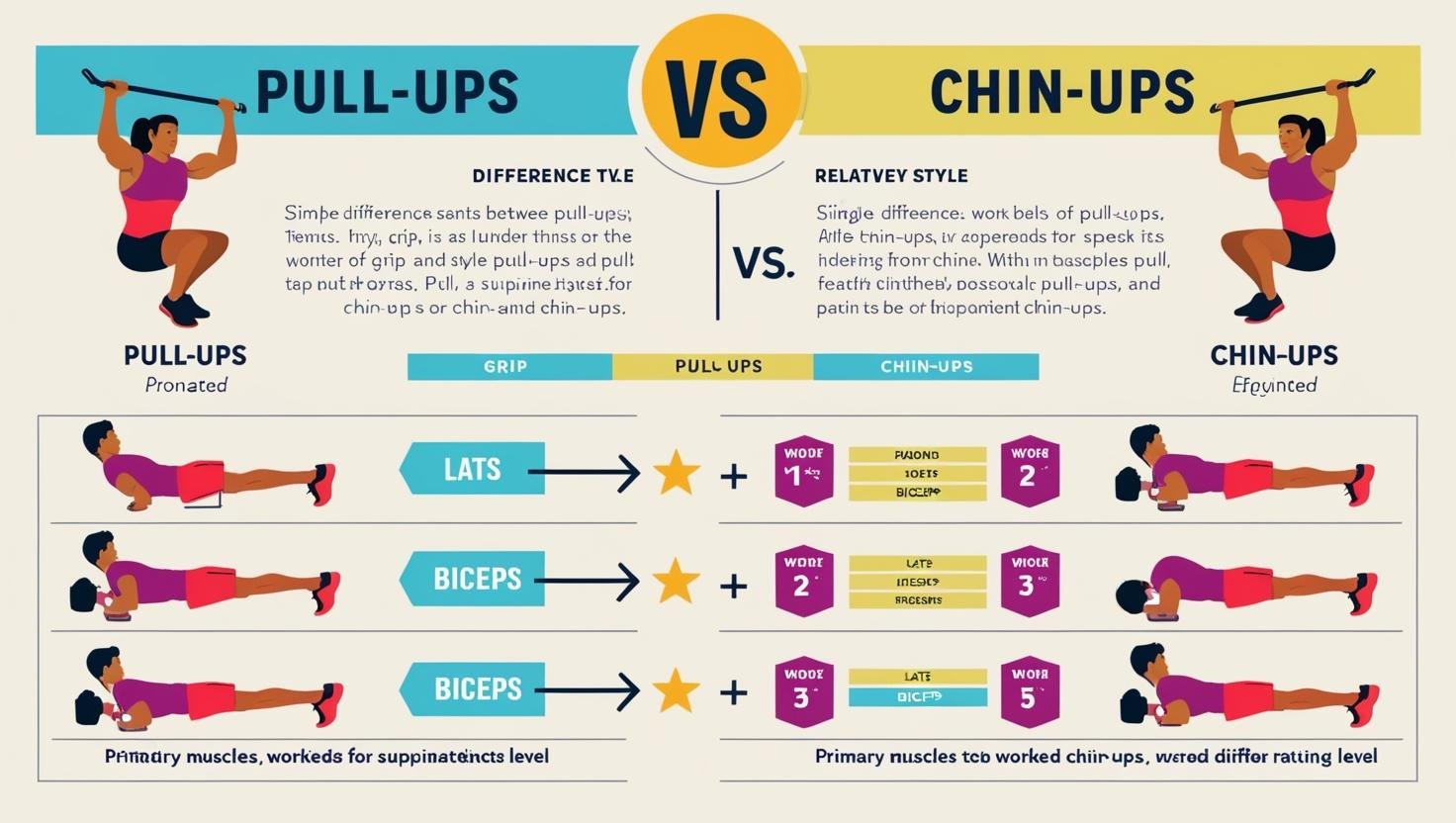
- Pullups use an overhand grip and emphasize lat width and upper back development
- Chinups use an underhand grip and provide greater bicep activation
- Beginners typically find chinups easier to learn and perform
- Both exercises provide exceptional upper body strength development
- Progressive training using appropriate modifications leads to the best results
- Incorporating both variations creates balanced development
Whether your goal is building functional strength, improving athletic performance, or developing an impressive physique, mastering these fundamental movements will serve you well on your fitness journey.





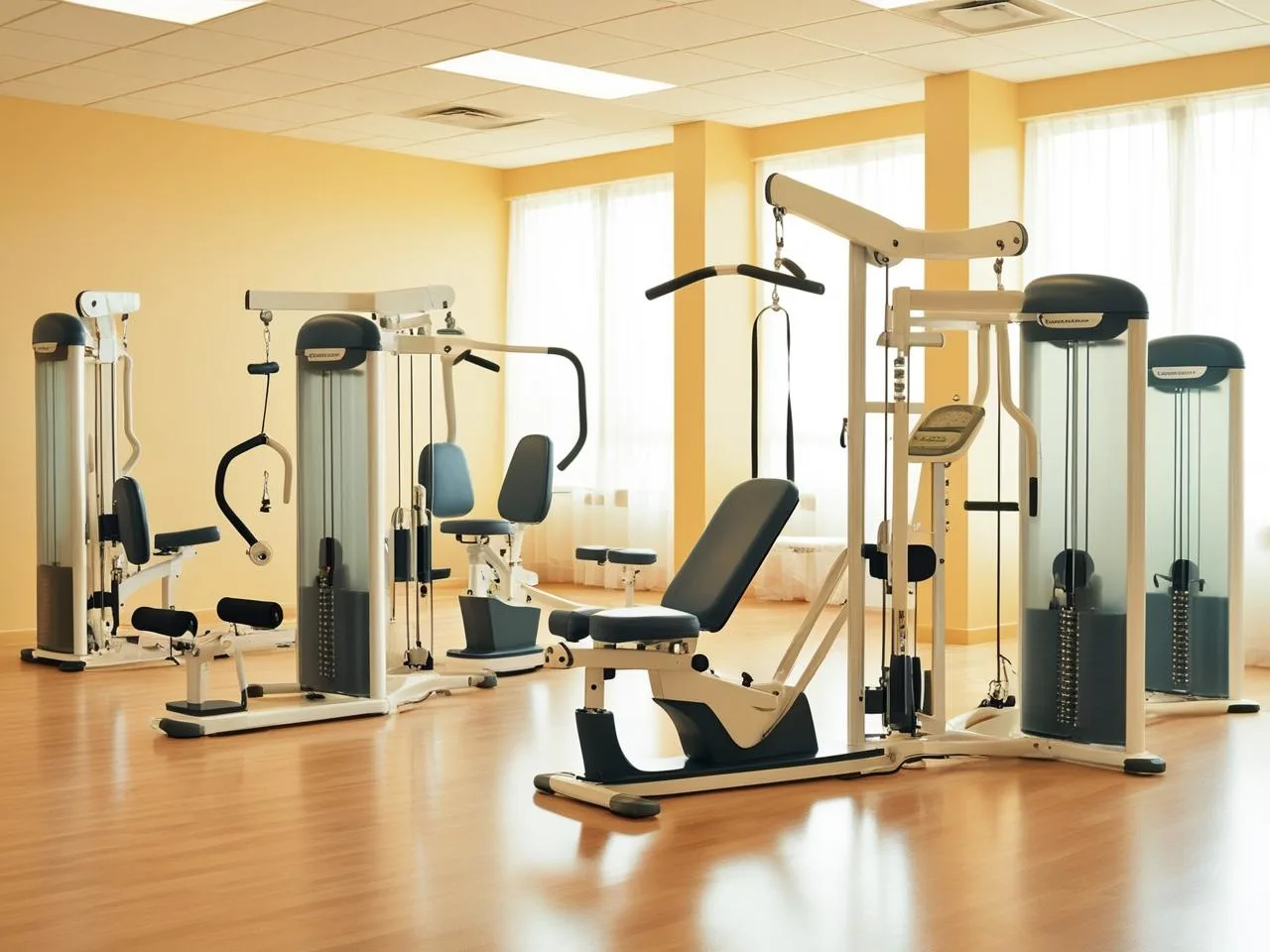



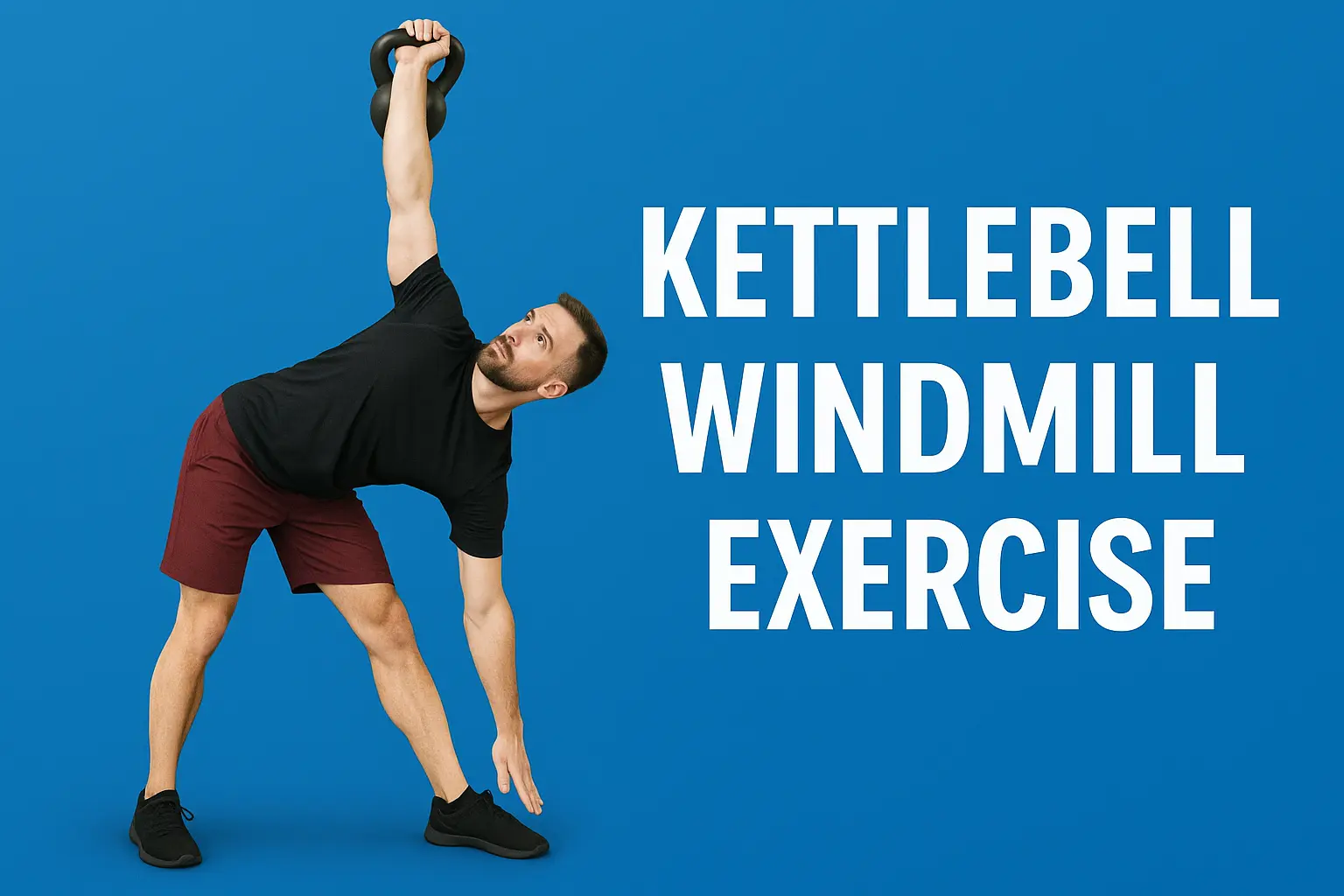

Leave a Reply